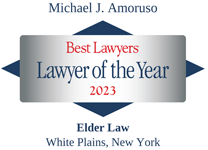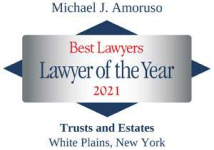
If you have property that you would like to be preserved, either for conservation or historic purposes, there is nothing so close to a free lunch as the donation of an easement. You may be entitled to a charitable contribution for the value of the easement. That, of course, is icing on the cake if your primary purpose is the future preservation of the property.
Can you have your cake and eat it too when it comes to conservation and façade easements? Good question. It is only the lucky few who can make such an easement work – cake, frosting, and a charitable deduction sprinkled on top.
Easements are often touted as the “two-birds with one stone approach,” and not without good reason. Unfortunately, that is not always the case as a few planners have discovered when trying to “force” an easement when it really is not appropriate. In fact, this has landed more than a few planners in a tight spot.
Consider the case of Lawrence and Lorna Graev and their agreement with the National Architectural Trust, as covered in a recent Forbes article titled “Side Agreement Voids Easement Charitable Deduction” (guess what they did wrong).
You see, easements are a gift to a charity in the form of forsaken economic potential. Basically, you give a property to charity for some charitable purpose – love of earth, love of architecture, love of history. Since you may have thereby sacrificed potential (and potentially considerable) economic gain were you to have sold it on the market, you may be entitled to considerable charitable benefits in return. For example, what if you had sold prime real estate to McDonalds instead of giving it to charity?
To simplify a complex equation, the value of the potential of the property to make money less the already existing value of the property equates to the gift to charity. Accordingly, this means there are always at least two very large but ambiguous values over which a taxpayer and the IRS have to quibble.
The quibbling does not always go well for taxpayers, especially those who thought they had their cake and were about to eat it, too. Such was the case of the Graevs and the National Architectural Trust. The original article is instructive for anyone contemplating a charitable easement. Suffice it to say this is a complex area of tax law.
In summary, there truly are those easements that offer the best of both worlds (your cake and the ability to eat it too) because a wonderful gift to charity begets a wonderful charitable tax deduction. That said, it is not always the case and being “tricky” does not always go unnoticed.
Reference: Forbes (July 15, 2013) “Side Agreement Voids Easement Charitable Deduction”











